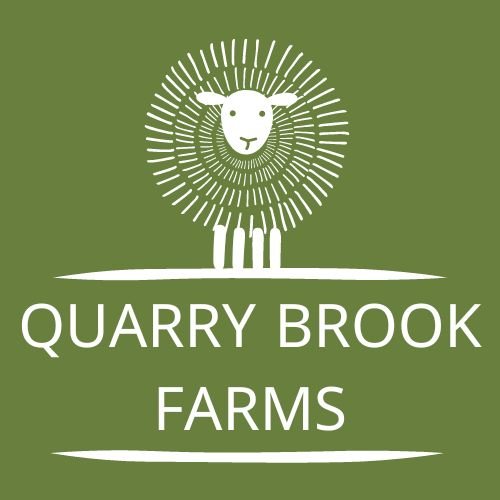I know summer is in full swing when it sounds like a family of happy R2-D2 robots have moved in.
Birds. It's actually birds making all that robotic ruckus and the name of the bird is as joyful as the song they sing. The Peterson Field Guide describes their voice as "ecstatic and bubbling: starts with low, reedy notes and rollicks upward". I'm talking about bobolinks and they abound on the farm.
Each summer, the males hover about the hay fields, flashing their black and white tuxedos trimmed in yellow. The females look like large sparrows - all the better to hide since bobolinks nest on the ground.
They secret their nests down amongst the tall grasses and spend the long summer days eating insects, caterpillars and seeds of all sorts while raising up their young. They are GOOD at hiding those nests, too. Despite having spent most of my life working in fields with bobolinks, I had never seen a nest until this year.
A few weeks ago, while moving the sheep to a fresh paddock, a female bobolink flushed from nearly beneath my feet. I froze and scanned the ground carefully because it meant her nest was close and I didn't want to step on it.
It probably took a full minute but I finally spotted a little cup of woven grasses within the grass. Three speckled eggs tucked neatly inside. I took a quick picture, (hoping birds can forgive such invasions of privacy) and then used a thin, fiberglass fence post to mark the area so I could avoid it going forward.
Fields that are plowed, mowed low in spring, heavily stocked with grazing animals, or developed for yards and housing cannot support bobolinks and they sometimes struggle to find suitable habitat. Our farm seems to work well for their needs and I want to continue to do my part to protect them.
As I write this, the young bobolinks will have fledged from their nests. They are now flitting about the fields, learning from their parents. Come fall, they will migrate south to spend their winter in far-off places like Bolivia and Brazil. I will then have to wait many months to hear happy robots again.
You know, when I zoom in to look beyond the obvious life on this farm -- the sheep, cattle and humans, I always see hundreds of other lives and systems, ticking along at their own pace, each with their own and equal importance.


